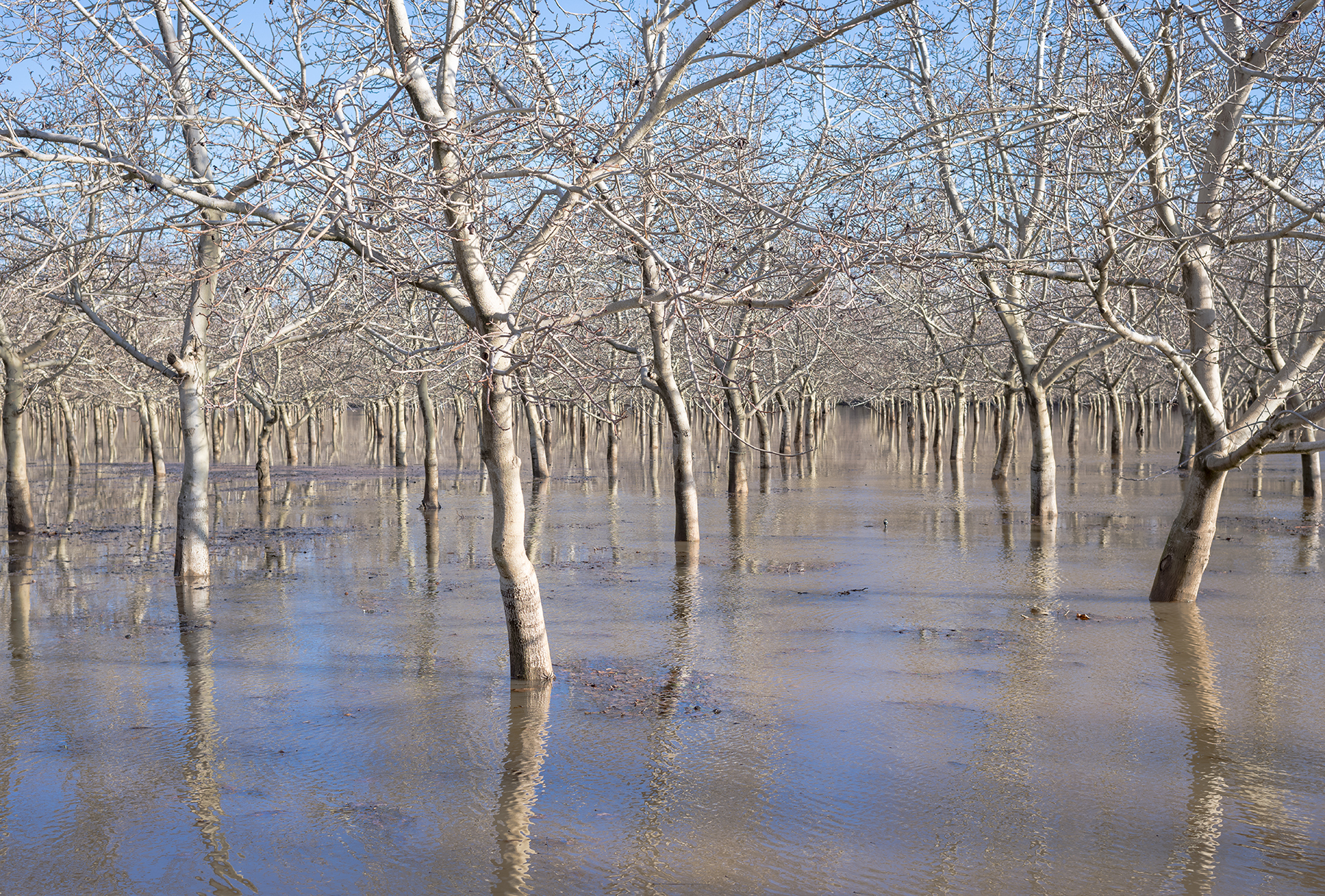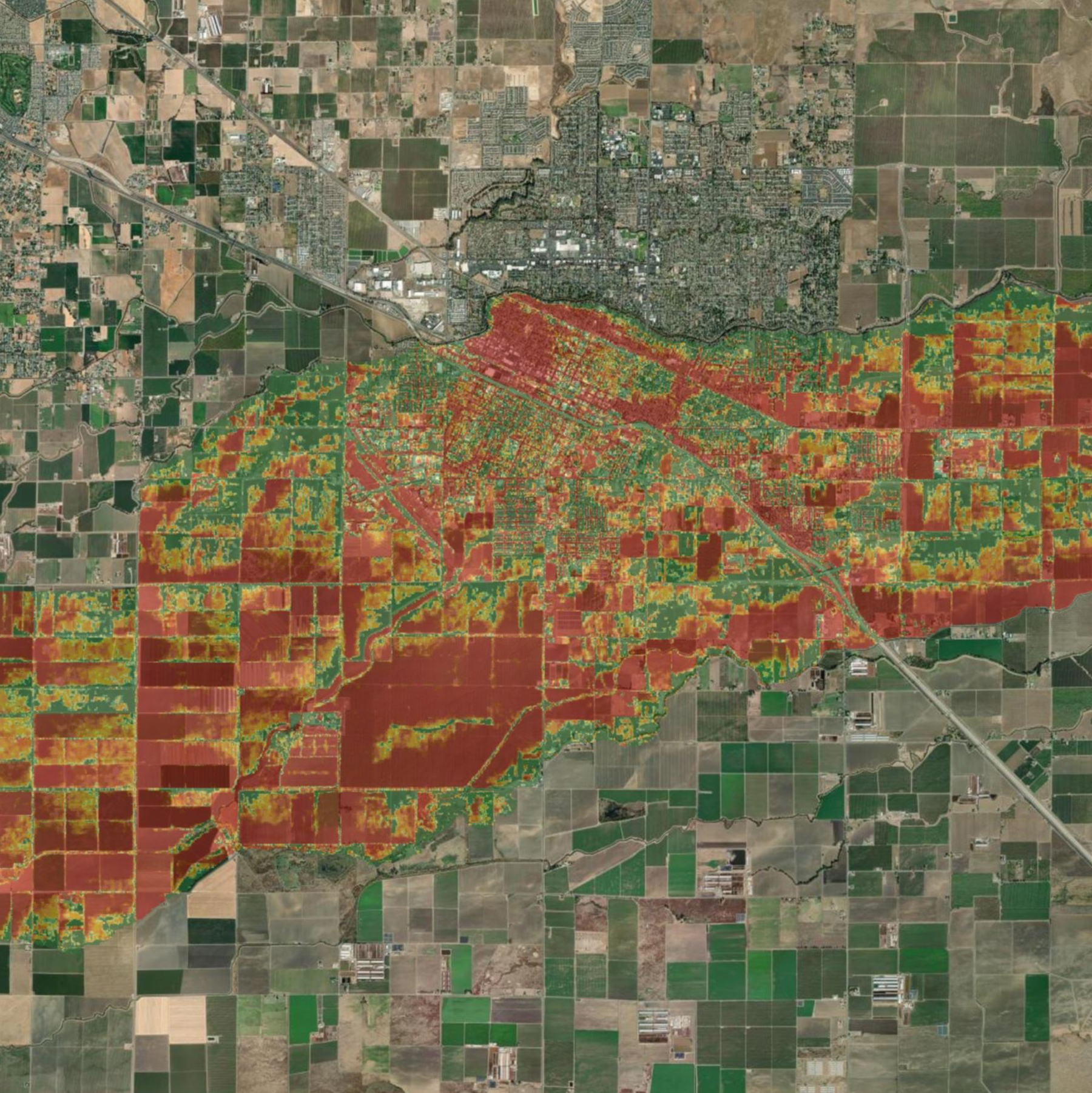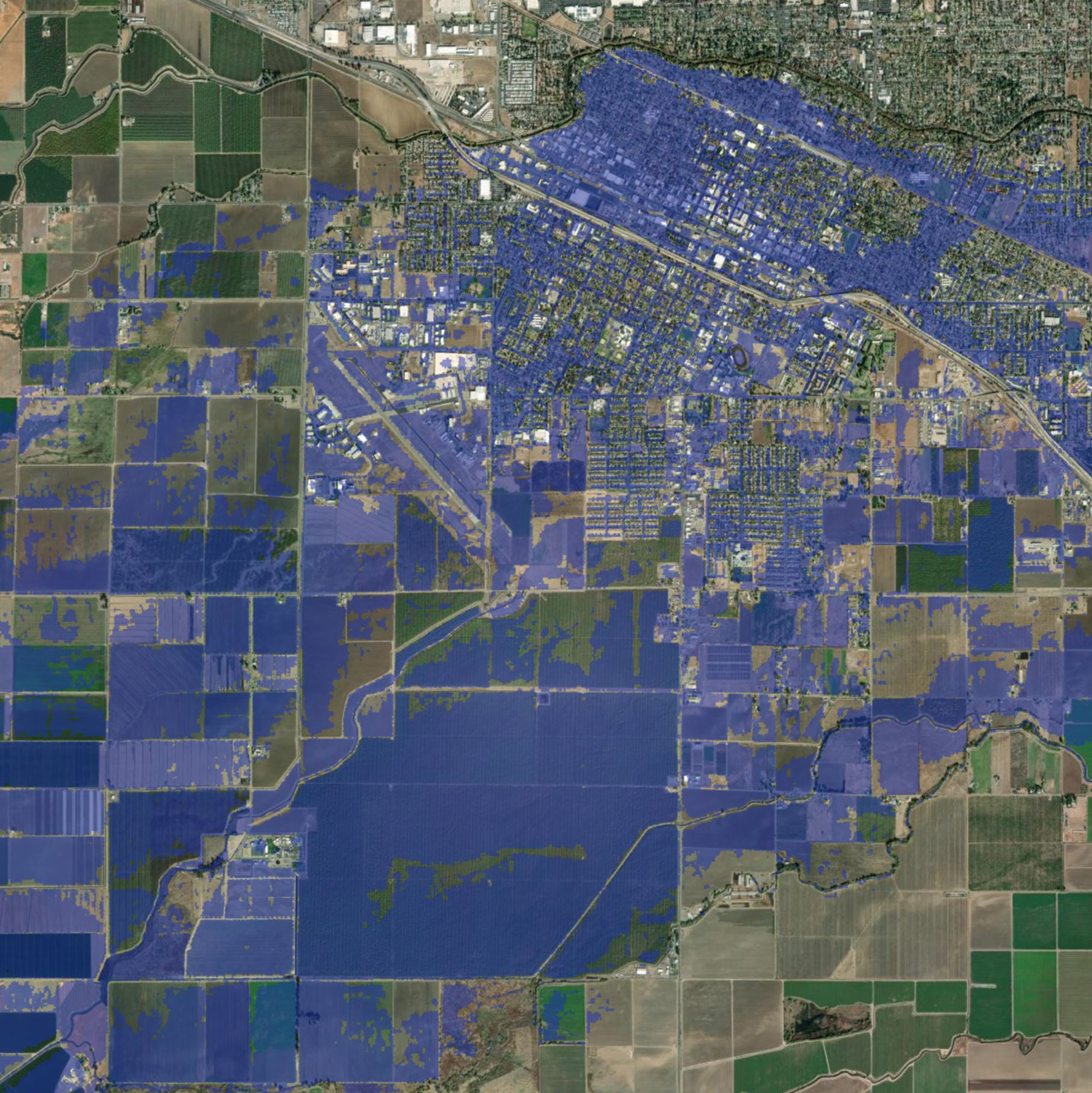
By Jeff Albee and Greg Brubaker
How can engineers design buildings, bridges, and stormwater infrastructure to deal with the more extreme weather we’re experiencing now? With extremes predicted to increase in the future, many weather projections include a world with more periods of high rainfall that can cause watercourses to overflow their banks.
Designs created today must be built to deal with future realities. And the traditional approach to flood modeling won’t be enough.
Existing methods of determining flood risk
In determining flood risk, many engineers and governments rely on flood maps produced by emergency management entities, which work hard to provide current and accurate information. However, keeping these maps up to date is easier said than done.
Further reading:
- Modeling storm sewer networks and urban flooding
- How civil engineers must adapt to the new risks of flooding
- Changing environment means flooding no longer just a summer thing
For instance, more recent property development may often not be reflected. Land that was previously covered with farms or forests, which allow rainwater to soak into the ground and flow into streams and rivers gradually, may now include more hard surfaces such as roads and rooftops. This could result in faster runoff that overwhelms storm management infrastructure and natural watercourses. In addition, for many communities, the best available flood maps lack detail, making it hard for them to support accurate predictions and warnings. Finally, much of the information on flood risk tends to rely on historical data about precipitation and flooding – but with changing weather patterns including more severe storms, the past is no longer a reliable guide to the future.
With these challenges in mind, it’s important to understand the risks from all three kinds of flooding. One is fluvial – or riverine – flooding, which occurs when high water volume causes watercourses to burst their banks. Then there’s coastal flooding, in which high tides and storm surges cause waves to surge inland. The third is pluvial – or flash – flooding, which happens when heavy precipitation causes overland flooding.
Flash flooding tends to catch many by surprise: “We’re far from any rivers or the coast, so why did my building flood?” This flooding has also been more difficult to model, as it requires detailed topographical data to show how water will flow on the surface as well as information on soil types and vegetation cover. Recent developments, however, are helping unlock the mysteries of flash flooding.
Improved topographical data and high-speed, data-driven models
Better access to high-quality satellite and aerial imagery, using lidar and other technologies, is leading to more reliable models of potential floods. Excellent, current imagery is now available for much of the world’s surface, from private and public sources.
Models are getting better, in many cases supported by artificial intelligence and machine learning. Engineers can use high-speed computers and cloud-based solutions to run multiple data-driven models quickly and test various designs to see which perform best under different scenarios.

Many of these models provide probabilistic outputs that offer a more realistic view of the data and include pluvial and fluvial flooding as well as depth of flooding. Equipped with these insights – before, during, and after a flooding event – experienced engineers now have the tools they need to proactively advise communities on mitigation, prevention, and response measures.
The result
These modern data methods support engineers’ work in three main ways to mitigate the effects of flooding – both in the current environment and in a future where storms are likely to be more severe and frequent:
- Designing buildings and infrastructure, such as roads, bridges, and rail lines, in ways that reflect updated risk profiles. As an example, pier and abutment foundations can be designed to be placed outside of predicted flooding or bolstered to resist the effects of scour, hydrostatic pressure, and rapid drawdown associated with flooding. Bridge decks can be elevated above potential flood levels or secured to prevent them from washing away or being damaged by debris flow.
- Designing stormwater management measures – culverts, catchment basins, storm sewers, constructed wetlands, and systems for capturing runoff – to lessen the stress on infrastructure and improve system capacity. With detailed information – the more accurate the better – regarding flood-prone areas, engineers can design targeted improvements to the localized infrastructure in high-risk areas, particularly for flash flooding. For instance, channels can be widened, conveyance systems enlarged, and detention structures expanded.
- Supporting the design of communities so that developments in high-risk areas are constructed to be compatible with future flood risk and emergency planning (i.e., knowing which roads will need to be closed in flood events). With advance knowledge of flood-prone areas, emergency management agencies can proactively plan alternate routing, in collaboration with affected properties, for emergency services and evacuations prior to predicted flood events.
This new way of modeling (available through tools like Stantec’s Flood Predictor) allows engineers to participate more effectively in the stakeholder and community engagement process. For instance, in municipalities in Tennessee, where Flood Predictor is in use to help communities better understand their flood risk, public engagement meetings to discuss new infrastructure or development projects often involve discussions of potential flood risk to help inform the community and plot the direction of these projects. The data-driven, machine-learning flood-risk assessment tool serves as a resource to understand the potential risk associated with an area and how that risk could change with new development, allowing community members and other interested parties to gain a much more comprehensive understanding of the impact of a new project.

This includes helping visualize the scale and severity of potential floods to show what may happen under various scenarios. Engineers can then demonstrate the impact of various flood mitigation measures—both gray infrastructure, such as concrete berms, and green infrastructure, such as rain gardens and constructed wetlands. The result is greater stakeholder support for flood planning and mitigation measures that reflect changing pluvial and fluvial flood risks.
To understand how society can get the best results in flood management, consider a skilled craft, such as woodworking. The best tools in the world are unable to produce good results by themselves; they need a skilled craftsperson to wield them.
It’s the same with current information technology applications. The best results come when a team of skilled professionals, such as engineers and hydrologists, work with tools, such as computer-based flood modeling technology, to produce effective results that can help protect people, infrastructure, and buildings from the risk of flooding.




